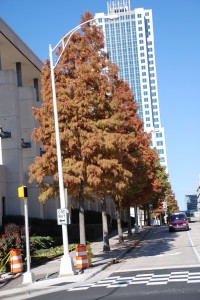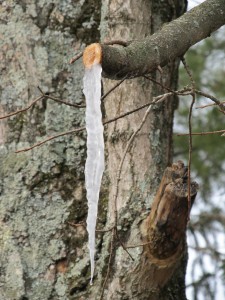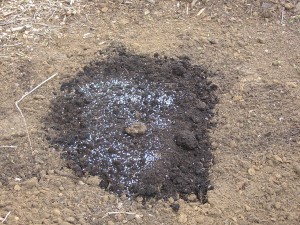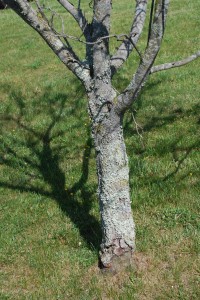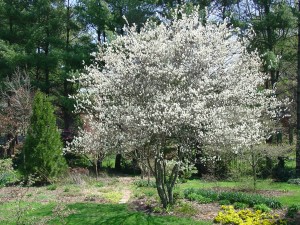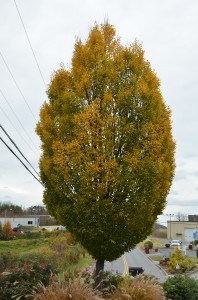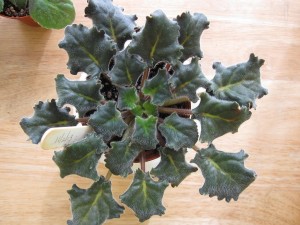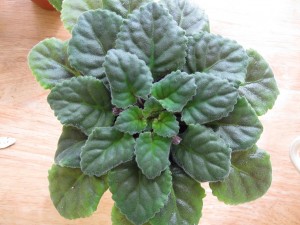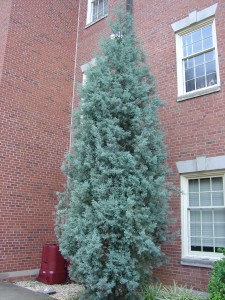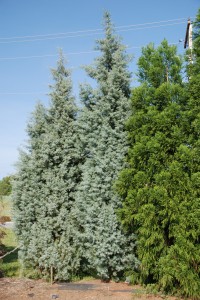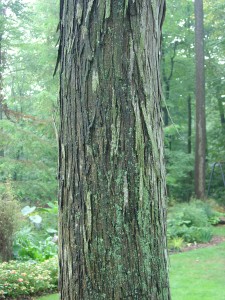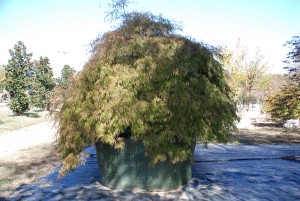U.S. Forest Service scientists with the Center for Urban Forest Research report that planting and nurturing street trees in Indianapolis, IN returned 500 percent in benefits from storm water reduction, energy conservation, cleaner air and increased property values.
The researchers evaluated more than 117,000 trees the city’s Parks and Recreation Forestry Section manages. It found that every $1 spent brought a $6.09 return. Each tree annually removed 1.5 pounds of air pollutants, valued at $2 per tree or $212,000.
“Indianapolis’ urban forest is uniquely diverse, with only one of over 170 species representing slightly more than 10 percent of the total tree population,” said Greg McPherson, Center for Urban Forest Research director. Species diversity is important because the urban forest is at less risk of catastrophic losses from diseases or pests.”
Scientists found Indianapolis trees annually intercept 318.9 million gallons of rainfall, an estimated worth $1.98 million or $17 per tree per year. Trees also annually cut electricity use by more than 6,447 megawatt hours, worth $432,000. They reduce natural gas use by more than 150,000 therms, yielding annual benefits of $165,000 or $5 per tree.
Total annual tree benefits varied by species and size. For example, silver maples (Acer saccharinum), representing the largest species planted, produced the greatest benefit at $60 per tree, but they also were the most expensive to manage. Several were nearing the end of their productive lives and required removal or intensive care.
Source: U.S. Forest Service, Center for Urban Forest Research, January 2014.

